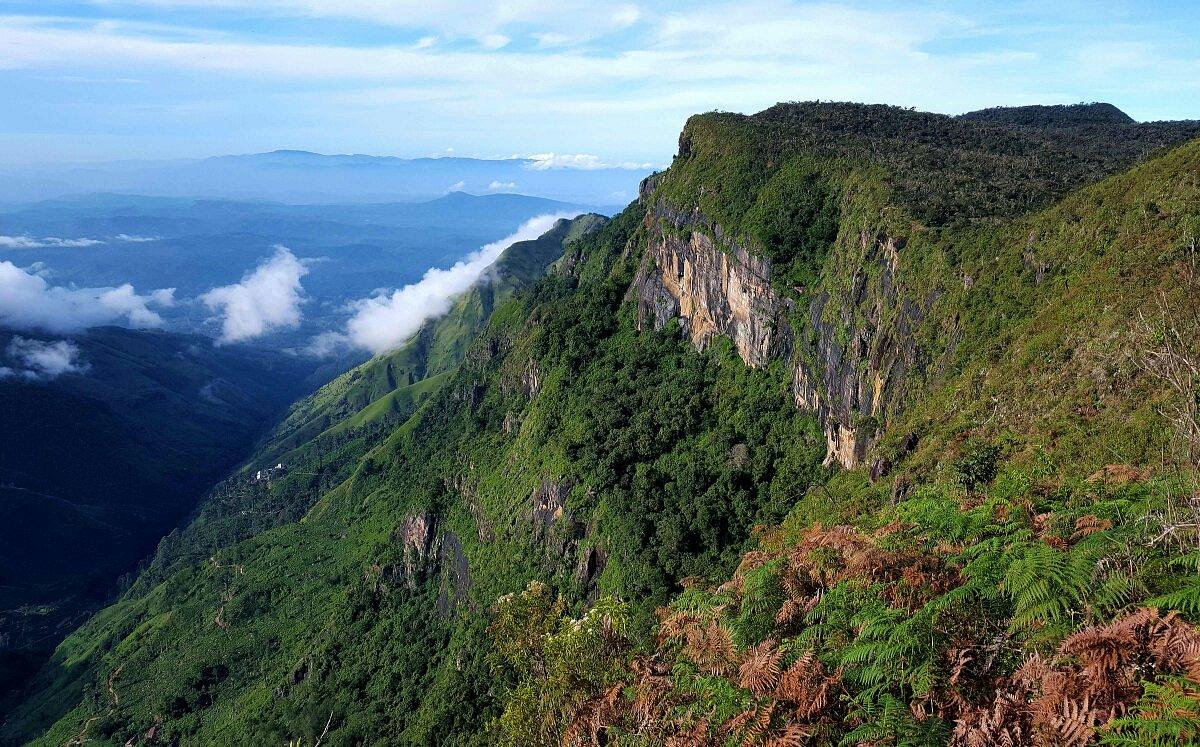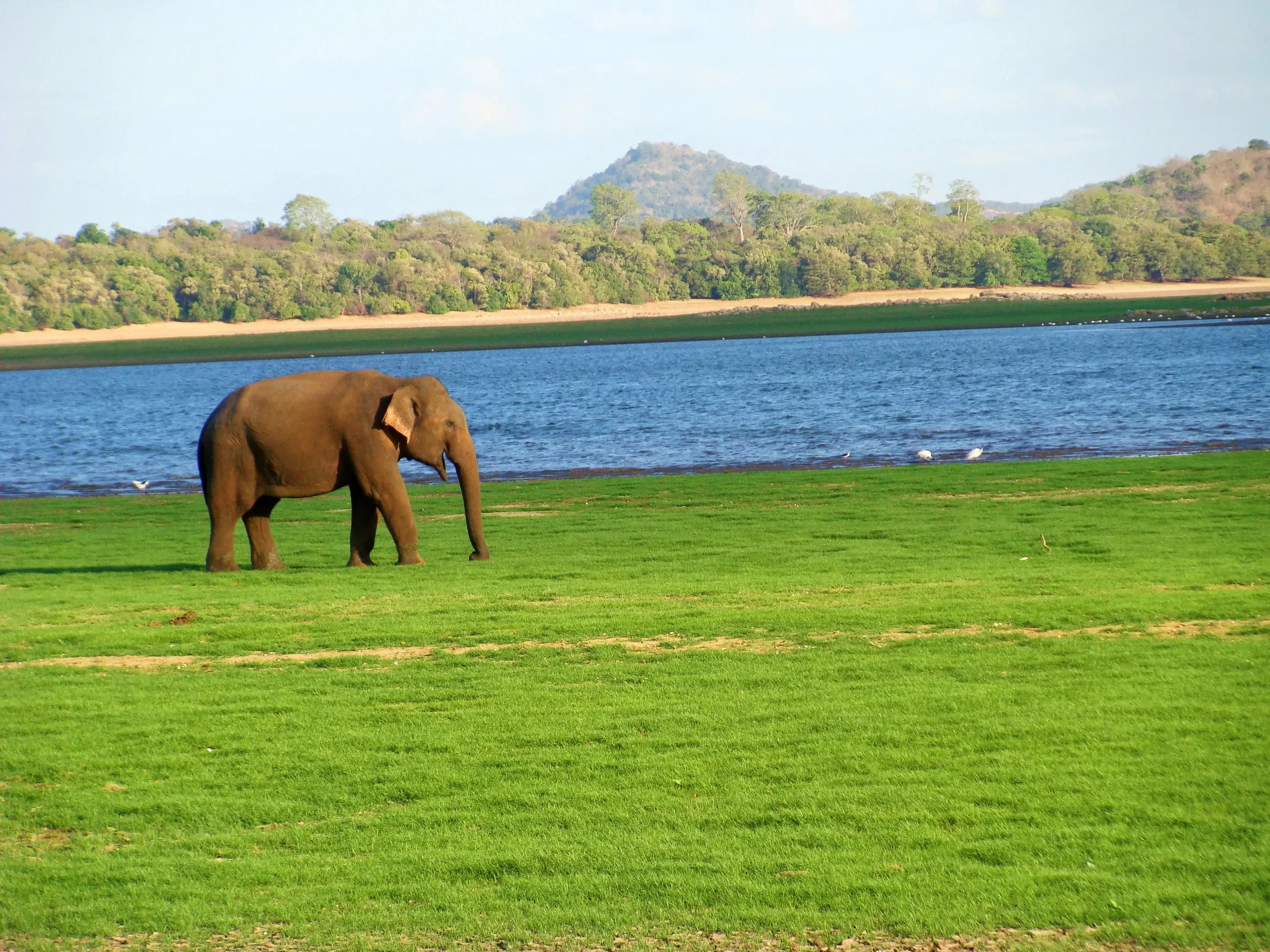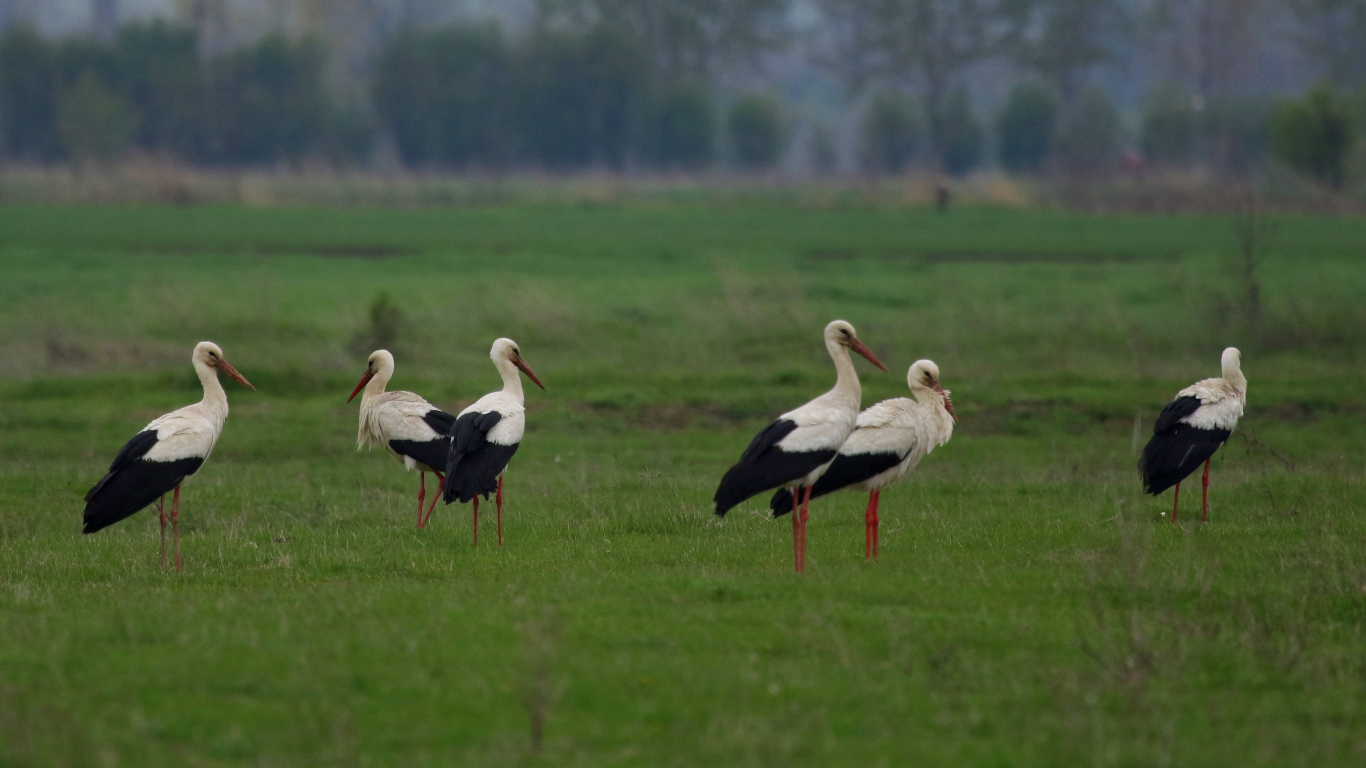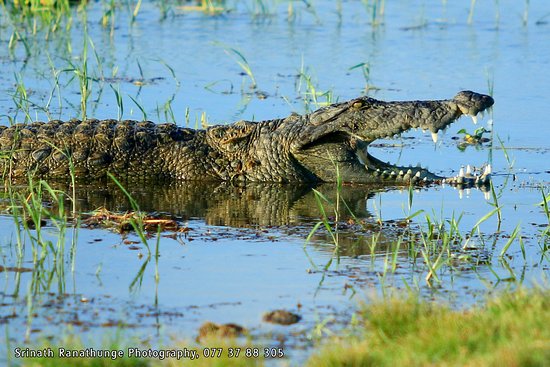Wildlife Adventures - Sri Lanka
Discover Sri Lanka's Wildlife Treasures
| A Comprehensive Guide |
|---|
| Sri Lanka, often referred to as the "Pearl of the Indian Ocean," is a treasure trove of diverse wildlife and rich ecosystems. This beautiful island nation offers wildlife enthusiasts a chance to witness an incredible array of species in their natural habitats. Among the most iconic animals are the Sri Lankan leopards, the rare Sri Lankan elephants, sloth bears, and the elusive fishing cat. Bird watchers can revel in the sight of colorful endemic birds like the Sri Lanka blue magpie and the Sri Lanka junglefowl. |


 |
| Sri Lanka is home to over 60 wildlife sanctuaries and more than 26 national parks, each offering unique opportunities to experience the country's incredible biodiversity. Below are the top 10 destinations, providing essential information to help you plan your journey. |
| Did You Know? |
|


|
| Embrace Nature Responsibly |
| At Lotus DMC, we are committed to providing unforgettable wildlife experiences that emphasize the beauty and importance of Sri Lanka's natural heritage. Our tours are designed with a focus on conservation and preservation, ensuring that each visit supports sustainable practices and contributes to the protection of these precious ecosystems. Whether you're exploring a wildlife sanctuary or a national park, our expert guides offer insights and experiences that bring you closer to Sri Lanka's wild heart, all while promoting responsible tourism. |
| Yala National Park As the most visited and second-largest national park in Sri Lanka, Yala is famed for its high density of leopards. The park's diverse ecosystems, ranging from dense jungles to open grasslands, are also home to elephants, sloth bears, and a myriad of bird species. |
| Known For: Sri Lankan leopards, elephants, sloth bears |


|
| → How to Reach: → Best Time to Travel: February to July September → Entry Fee: LKR 3,500 for adults, LKR 1,500 for children → Photography Charges: LKR 500 for still cameras, LKR 1,000 for video cameras → Permissions: Required for safaris → Where to Stay: Cinnamon Wild Yala, Jetwing Yala, government guest houses → What to Carry: Light clothing, hat, sunscreen, insect repellent, camera, binoculars → Equipment Rental: Available in nearby towns |
| Udawalawe National Park |
| Known for its large herds of elephants, Udawalawe offers a safari experience like no other. The park's expansive grasslands and reservoir attract a variety of wildlife, making it a prime spot for bird watching and photography. |


|
| → Known For: Elephants, water buffaloes, bird species → How to Reach: → Best Time to Travel: May to September → Entry Fee: LKR 3,000 for adults, LKR 1,500 for children → Photography Charges: LKR 500 for still cameras, LKR 1,000 for video cameras → Permissions: Required for safaris → Where to Stay: Grand Udawalawe Safari Resort, Mahoora Tented Safari Camp, government rest houses → What to Carry: Light clothing, camera, binoculars, sunscreen → Equipment Rental: Available in nearby town |
| Wilpattu National Park |
| Renowned for its "willus" (natural lakes), Wilpattu is one of Sri Lanka's oldest and largest national parks. It is an excellent place to spot leopards, as well as sloth bears, deer, and a diverse array of birds. |


|
| → Known For: Leopards, sloth bears, bird species → How to Reach: → Best Time to Travel: February to October → Entry Fee: LKR 3,000 for adults, LKR 1,500 for children → Photography Charges: LKR 500 for still cameras, LKR 1,000 for video cameras → Permissions: Required for safaris → Where to Stay: Leopard Trails Wilpattu, Mahoora Tented Safari Camp, government lodges → What to Carry: Light clothing, hat, camera, binoculars, insect repellent → Equipment Rental: Available in Anuradhapura |
| Sinharaja Forest Reserve |
| A UNESCO World Heritage Site, Sinharaja is a tropical rainforest teeming with endemic species of flora and fauna. Its dense canopy and rich biodiversity make it a paradise for botanists, bird watchers, and nature enthusiasts. |


|
| → Known For: Endemic bird species, dense rainforest, biodiversity hotspot → How to Reach: → Best Time to Travel: January to May → Entry Fee: LKR 2,500 for adults, LKR 1,250 for children → Photography Charges: LKR 500 for still cameras, LKR 1,000 for video cameras → Permissions: Required for entry → Where to Stay: Rainforest Eco Lodge, Boulder Garden, government rest houses → What to Carry: Light clothing, rain gear, camera, binoculars, insect repellent → Equipment Rental: Available in nearby towns |
| Minneriya National Park |
| Famous for the "Gathering," where hundreds of elephants congregate around the Minneriya Tank during the dry season, this park is a must-visit. Its open plains and water bodies also attract a variety of other wildlife, including deer, buffalo, and numerous bird species. |


|
| → Known For: The Gathering (large elephant congregation), bird species → How to Reach: → Best Time to Travel: May to October → Entry Fee: LKR 3,000 for adults, LKR 1,500 for children → Photography Charges: LKR 500 for still cameras, LKR 1,000 for video cameras → Permissions: Required for safaris → Where to Stay: Cinnamon Lodge Habarana, Habarana Village by Cinnamon, government lodges → What to Carry: Light clothing, hat, camera, binoculars, insect repellent → Equipment Rental: Available in Habarana |
| Bundala National Park |
| A Ramsar Wetland, Bundala is a vital sanctuary for migratory birds, making it a birdwatcher's haven. The park's diverse ecosystems, from lagoons to sand dunes, support a variety of wildlife, including elephants, crocodiles, and leopards. |

 
|
| → Known For: Migratory birds, crocodiles, lagoons → How to Reach: → Best Time to Travel: December to April → Entry Fee: LKR 2,500 for adults, LKR 1,250 for children → Photography Charges: LKR 500 for still cameras, LKR 1,000 for video cameras → Permissions: Required for safaris → Where to Stay: Kalamatiya Bird Sanctuary Lodge, Lagoon Inn, government rest houses → What to Carry: Light clothing, hat, camera, binoculars, sunscreen → Equipment Rental: Available in Hambantota |
| Horton Plains National Park |
| Located in the central highlands, Horton Plains is known for its unique cloud forests and montane grasslands. The park's famous trek to "World's End" offers breathtaking views, and its cool climate supports a range of endemic species, including the elusive Sri Lankan leopard. |
| Known For: Endemic species, scenic landscapes, World's End viewpoint |


|
|
→ How to Reach: → Best Time to Travel: January to March → Entry Fee: LKR 4,000 for adults, LKR 2,000 for children → Photography Charges: LKR 500 for still cameras, LKR 1,000 for video cameras → Permissions: Required for entry → Where to Stay: Horton Plains Resort, Ohiya Holiday Bungalow, government guest houses → What to Carry: Warm clothing, camera, binoculars, sunscreen, comfortable hiking shoes → Equipment Rental: Available in nearby towns |
| Gal Oya National Park |
| Home to the largest reservoir in Sri Lanka, Gal Oya offers the unique experience of boat safaris, where visitors can see elephants swimming between islands. The park's lush landscapes and abundant wildlife provide a serene and immersive nature experience. |


|
| → Known For: Elephants, boat safaris, bird species
→ How to Reach: → Best Time to Travel: March to July → Entry Fee: LKR 2,500 for adults, LKR 1,250 for children → Photography Charges: LKR 500 for still cameras, LKR 1,000 for video cameras → Permissions: Required for safaris → Where to Stay: Gal Oya Lodge, Nilgala Rest House, government rest houses → What to Carry: Light clothing, hat, camera, binoculars, insect repellent → Equipment Rental: Available in nearby towns |
| Wasgamuwa National Park |
| Less frequented by tourists, Wasgamuwa offers a more secluded safari experience. The park's diverse habitats support a variety of wildlife, including elephants, leopards, and a rich array of bird species. |


|
| → Known For: Elephants, bears, bird species → How to Reach: → Best Time to Travel: November to May → Entry Fee: LKR 3,000 for adults, LKR 1,500 for children → Photography Charges: LKR 500 for still cameras, LKR 1,000 for video cameras → Permissions: Required for safaris → Where to Stay: Wasgamuwa Safari Village, Safari Camp, government guest houses → What to Carry: Light clothing, camera, binoculars, insect repellent → Equipment Rental: Available in Matale |
| Kaudulla National Park |
| Situated in the heart of Sri Lanka, is a haven for elephant enthusiasts and bird watchers alike. Known for its large gatherings of elephants, especially during the dry season, this park offers an intimate look at these majestic creatures in their natural habitat. Rich in history and biodiversity, Kaudulla is also home to a variety of bird species and ancient ruins, making it a fascinating destination for wildlife and history buffs. |
| Known For: Elephants, bird species, historical ruins |


|
|
→ How to Reach:
→ Best Time to Travel: August to December → Entry Fee: LKR 3,000 for adults, LKR 1,500 for children → Photography Charges: LKR 500 for still cameras, LKR 1,000 for video cameras → Permissions: Required for safaris → Where to Stay: Cinnamon Lodge Habarana, Sorowwa Resort & Spa, government lodges → What to Carry: Light clothing, hat, camera, binoculars, sunscreen → Equipment Rental: Available in Habarana |
| Join us, as we traverse the stunning landscapes of Sri Lanka's wildlife parks and sanctuaries. Our expertly designed tours provide an intimate and responsible exploration of the island's natural treasures, ensuring you experience the magic of Sri Lanka's wildlife in all its glory. |




